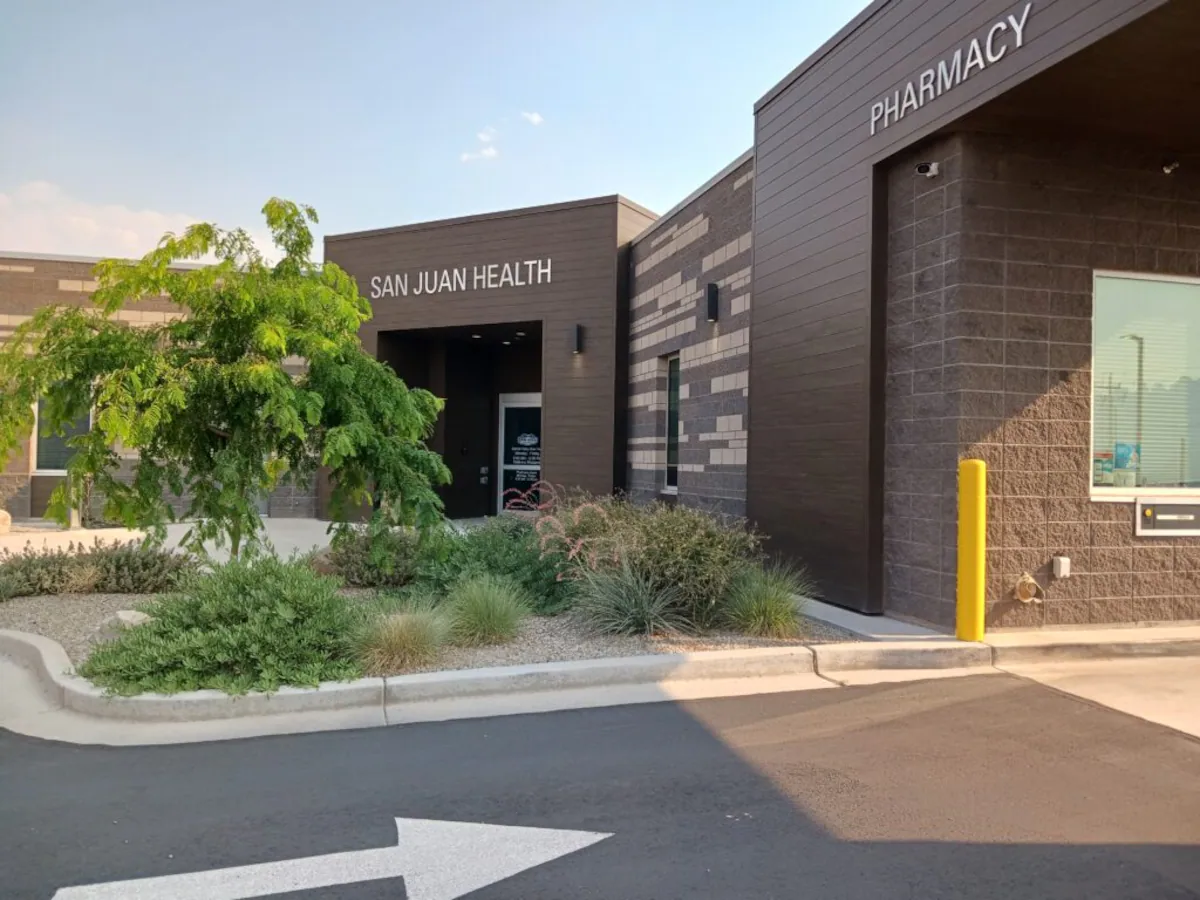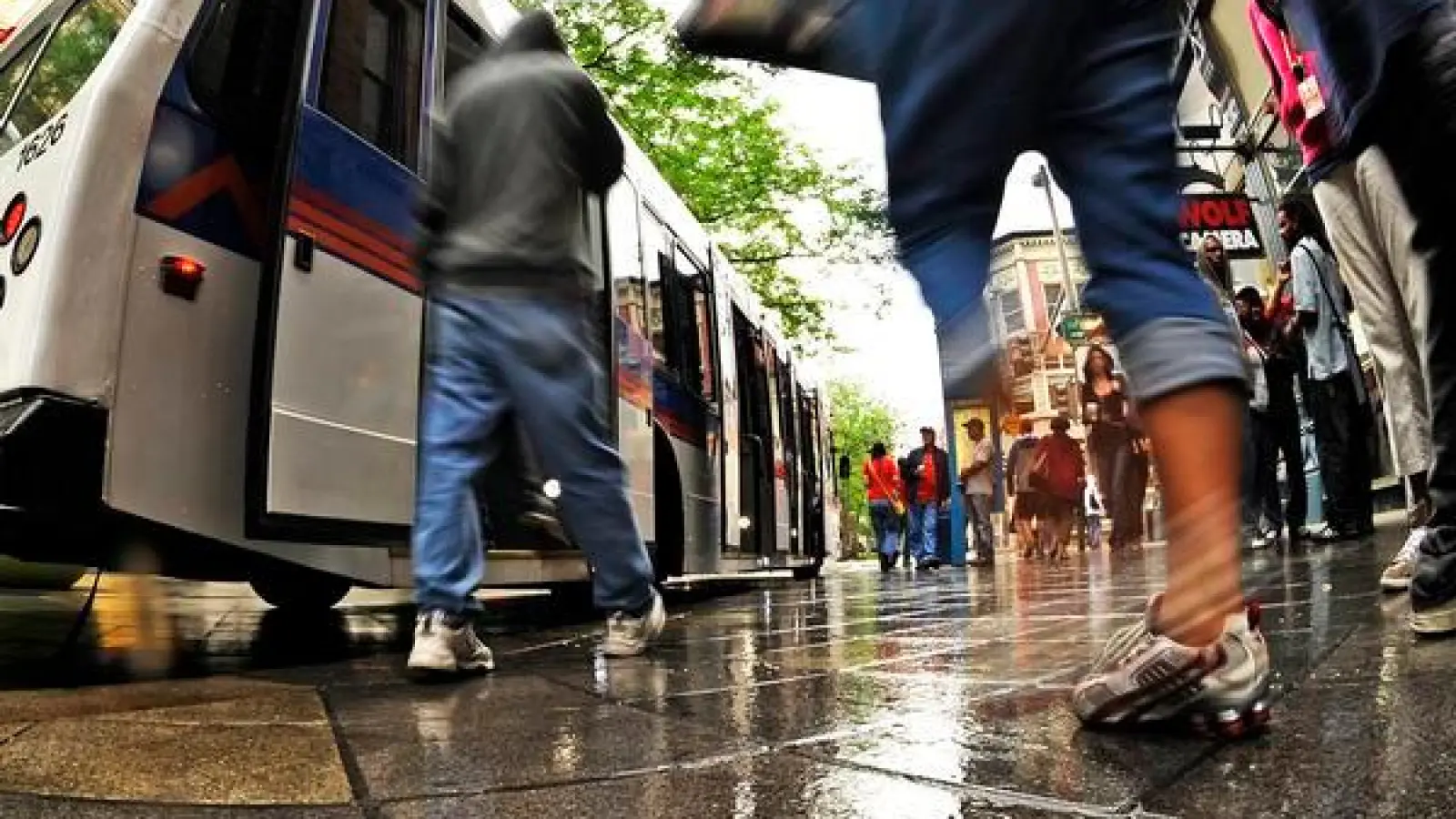
When Kasey Shakespear broke his leg as a teenager, it took eight hours to get the care he needed.
For 35 minutes, he rode an ambulance from his hometown of Tropic, past Bryce Canyon’s red rock cliffs, to Garfield Memorial Hospital. X-rays confirmed the break, but doctors couldn’t perform the surgery to fix the snapped bone. That meant another two-hour ambulance ride south to St. George — a journey familiar to many rural Utahns who face long waits and longer drives just to get basic medical care.
“Accessing care in rural Utah requires so much more effort than it does for other people,” said Shakespear, who now serves as the director of the Rural Health Association of Utah.
The long drives, limited services and other difficulties may only get worse as changes to federal health programs in the One Big Beautiful Bill Act slash Medicaid funding and strip an estimated 77,000 Utahns of health insurance, according to KFF, a health policy research group. Rural communities, where hospitals already operate on slim margins, will be hit particularly hard.
Rural hospitals, on average, receive 13% of their revenue from Medicaid, according to Matthew McCullough, rural hospital improvement director for the Utah Hospital Association. That number is even higher for some, such as Blue Mountain Hospital in Blanding where over a third of the income comes from Medicaid.
The “big, beautiful bill” may mark a breaking point for Utah’s rural hospitals, which have broadened the care they provide over the past decade despite tight budgets.
“My fear is that all the progress we’ve made in expanding services and keeping labor and delivery open are going to be cut,” McCullough told The Tribune.
To prevent service cuts — or worse, closure — hospitals are looking closely at the spending bill and figuring out how to adapt to keep serving their communities.
“It’s going to force us to reinvent how we offer health care in rural Utah,” said Shakespear.
Last year, San Juan, Carbon, Duchesne, Uintah and Sevier Counties — all rural areas — had the highest percentage of county population enrolled in Medicaid, according to the Kem C. Gardner Policy Institute.
“Rural areas usually have a higher proportion of population on Medicaid,” said McCullough. “So when there’s cuts to Medicaid, it’s going to impact rural hospitals more.”
Some rural areas have higher rates of disability due to less preventative care, more elderly residents and job types. Miners and farmers, for example, may be exposed to more environmental toxins or get injured at work.
Jobs are also more sparse, which may make rural community members particularly vulnerable to new work requirements for some federal health programs.
“A lot of people will probably be dropped off of Medicaid, so they’ll lose their insurance, and then what do they do?” McCullough said. “We’re talking about the impact to a rural hospital’s revenue, but we’re talking about people, real people.”
Accessing care in rural Utah
Shakespear’s long journey to get his broken leg fixed wasn’t the only time he travelled far for care. Like many rural residents, he has had to wake up at 5 a.m. and drive four or five hours for a doctor’s appointment in Salt Lake City.
Twenty-one hospitals, 19 rural health clinics and 53 federally qualified health center sites serve rural communities across Utah’s small towns, from Panguitch to Tremonton. But many lack specialty providers who perform complex surgery or treat rare diseases.
Even for primary care or routine exams, small town residents may drive 30 to 40 minutes to reach the nearest hospital or clinic.
“Our health and our outcomes, our ability to be happy and healthy, shouldn’t depend on where we live, but that’s not the reality of how it works,” Shakespear said.
Long travel means higher costs at the gas pump and lost wages. And many of Utah’s rural communities already struggle with high unemployment and lower incomes. Garfield, Piute, Wayne, San Juan and Emery counties had the five highest unemployment rates in the state in July, according to the Department of Workforce Services.
With fewer jobs available, work requirements may have a “disproportionate impact” on rural areas, said Rachel Craig, government affairs manager at the Association of Utah Community Health.
Starting January 1, 2027, adults ages 19-64 must work 80 hours per month or attend school half time to qualify for Medicaid expansion or subsidized marketplace coverage. The bill included exemptions for parents with children ages 13 and under, those who are “medically frail” and those who are in a substance use disorder treatment program.
Even rural residents with a job may face greater challenges in proving their employment. “There are folks that work 80 hours a week on their farms but don’t collect a regular paycheck,” Shakespear said.
Some rural areas also lack broadband access, making it difficult to submit required documents, which Medicaid recipients will have to do more frequently by the end of 2026.
Rural community health centers have enrollment assistants, Craig said, but they’re already overworked. “Trying to get them to also help with the work requirement, they just won’t have time to do that,” she told The Tribune.
Hospitals brace for changes
Despite the challenges, Utah’s small towns are faring better than some across the nation
“We’re one of the only states in the country that hasn’t had a rural hospital close in decades, and our workforce is very dedicated in rural Utah,” Shakespear said. “I’ve yet to come across a physician or an administrator or anybody in health care in rural Utah that’s not passionate about what they do — you have to be.”
Castleview Hospital in Carbon County — where 22.5% of the county is enrolled in Medicaid — told The Tribune it is “stable and not currently at risk of closure or a reduction in services.”
That stability will be tested, though, as Medicaid cuts lead to lower revenues for hospitals in the coming years.
Castleview said it’s “premature to discuss any impact of the bill.” The provisions that may hit hospitals’ bank accounts hardest, including work requirements and limits on the provider tax that helps states reimburse hospitals, won’t go into effect until 2027 or later.
“There’s also some hope and optimism that some things might change politically in the next two years that may challenge some of these provisions in the bill or make them not even actually happen,” McCullough said.
If the changes do go forward, though, hospitals’ budgets may end up in the red.
Moab Regional Hospital estimates it may lose $1.6 million to $2.3 million annually once the bill’s provisions take effect. That would put them “squarely into a negative margin,” said Jen Sadoff, Moab Regional Hospital CEO.
Roughly 11% of Moab Regional’s revenue comes from Medicaid, which covers about 15% of the patients who visit the hospital, according to Sadoff.
Fillmore Community Hospital and Beaver Valley Hospital, have been operating in the red for at least three years, according to a list of threatened rural hospitals compiled by the office of U.S. Sen. Edward Markey, D-Mass.
Fillmore, though, is owned by Intermountain Health, which may use revenue from its more lucrative operations to keep Fillmore and the other eight rural Utah hospitals it owns afloat.
“[Intermountain] is a very successful system, and it’s very community minded, and I don’t think if one of their hospitals was operating in the red that they would allow it to be closed,” McCullough said.
Cuts to Medicaid will eat into the company’s bottom line, though. “Medicaid enrollment and funding play a critical role in our ability to care for our growing communities, particularly those that are most vulnerable,” a spokesperson for Intermountain said.
Even if rural hospitals keep their doors open, some may have to cut services. Maternity care, which all of Utah’s rural hospitals currently offer, may be the first to go because it doesn’t generate revenue, McCullough said.
In recent weeks, though, McCullough has heard promising talks from rural hospitals. Some are exploring offering new services, such as surgery and oncology, that could bring in revenue and help compensate for the losses.
“I applaud them for thinking this way and trying to increase revenue and services rather than cut services and close their doors,” he said.
Cautious optimism
Last month, Shakespear visited hospitals and clinics across rural Utah, and he heard less “doom and gloom” and more “cautious optimism,” he said.
That’s in part because of the Rural Health Transformation Program — a $50 billion fund that Congress added into the “big, beautiful bill” in the final hours of negotiations.
Funds may go towards improving how rural Utah hospitals and clinics provide care, including recruiting and retaining clinical workforce and upgrading electronic health records and billing systems.
However, it won’t make up for gaps in insurance coverage or lost hospital revenue. “It doesn’t even replace half of what was cut,” Shakespear said.
McCullough told The Tribune he’s heard the fund called “a Band-Aid on a dismembered arm.”
Utah’s Department of Health and Human Services will lead out on the state’s application for the fund. It estimates Utah will receive $100 million annually over the next five years.
Over 100 institutions from every county in the state recently shared their priorities with the department in a survey, said Dr. Ronak Iqbal, the department’s Medicaid medical director. The department is also holding listening sessions to collect more feedback throughout September.
The Centers for Medicare & Medicaid Services will make funding decisions by December 31.
No matter the challenges ahead, McCullough believes rural health providers will figure it out. “Rural hospitals are very resilient,” he said. “They reflect their communities who are very resilient people. They’ve always been required to do more with less.”
Clarissa Casper and Andrew Christiansen contributed reporting to this story.



